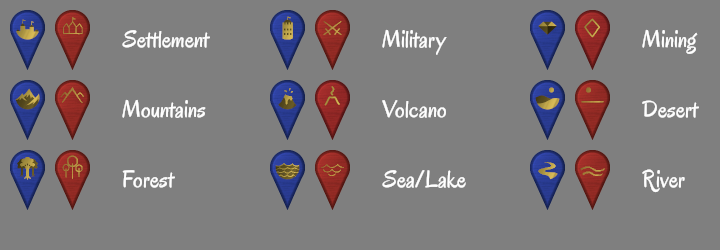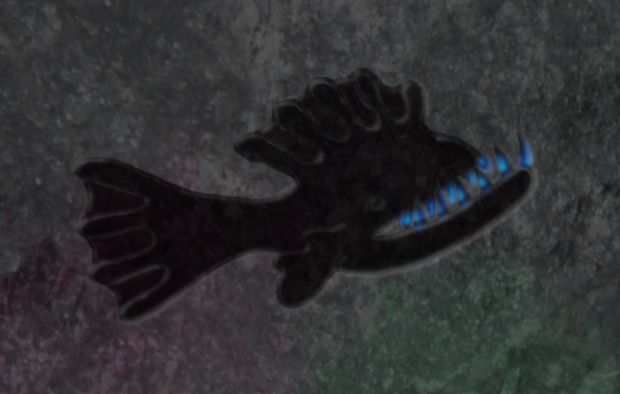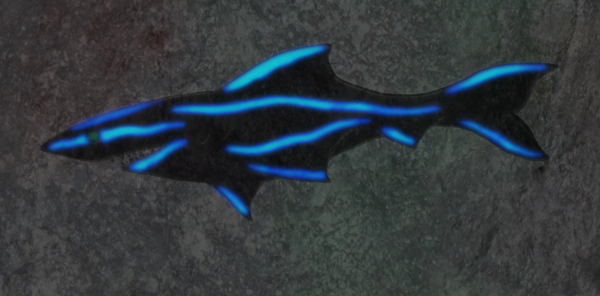The Separating Trench
Geography
Topology
The trench is formed where the continental plates of Qùgêzuia and Qùgpêtia drift apart. It is approximately 5 kilometers deep at its shallowest point near the south. The deepest point, just north of Qùgêzuia, lies about 7 kilometers below sea level. The abyss is between 400 and 800 kilometers wide.Geological Activity
The divergent boundary between the continents is a source of mild to moderately strong groundquakes. In places where Qentora's crust is ripped open, hydrothermal vents emit heated, mineral-rich plumes of water.Fauna & Flora
The outer rim zones of the trench, which lie about 3 kilometers below the surface, are home to a number of deep-sea coral species. Unlike their counterparts in the shallower waters, they are predatorial and use nematocysts to capture small prey animals such as the Black Fish.
The regions of medium depth are home to large, eyeless underwater insects like the Steam Crabs which live near the hydrothermal vents. Other species include seashells such as the Pulsating Light Seashell or the Glass Snail.
Besides the sea floor dwellers, numerous deep-water fish species can be found in the trench. There are active hunters such as the Light Stripe Shark or the Glow Tooth Fish, scavengers such as the Filter Fish or chemosynthetic species such as the Cobalt Breathing Fish.
Natural Resources
The water is rich in minerals based on cobalt, sulfur, silicium or calcium.
History
The trench is mostly unexplored by the Pereqaiande whose underwater ships have yet to dive below 20 meters. However, The Hive has taken several trips to the depths of the trench in order to study its exotic fauna.
Tourism
The Hive occasionally visits the trench to take in the beauty of the bioluminescent life forms there.







Comments